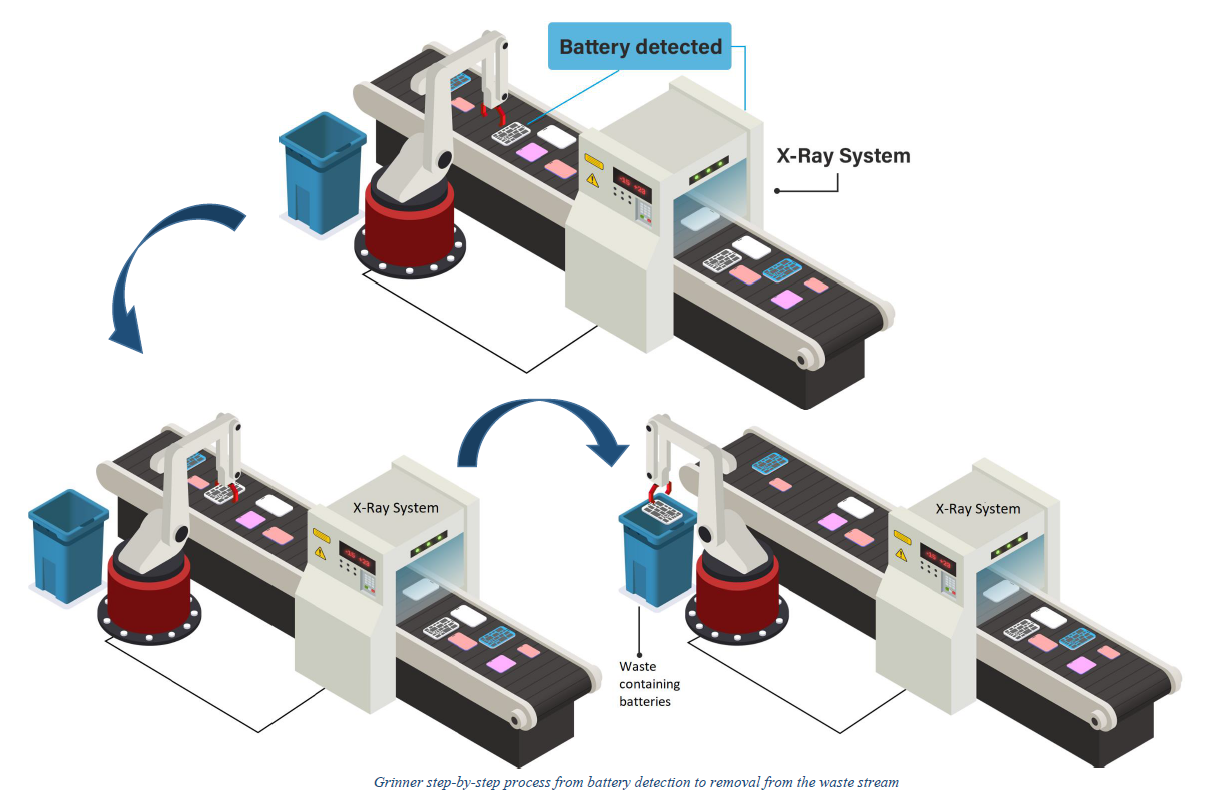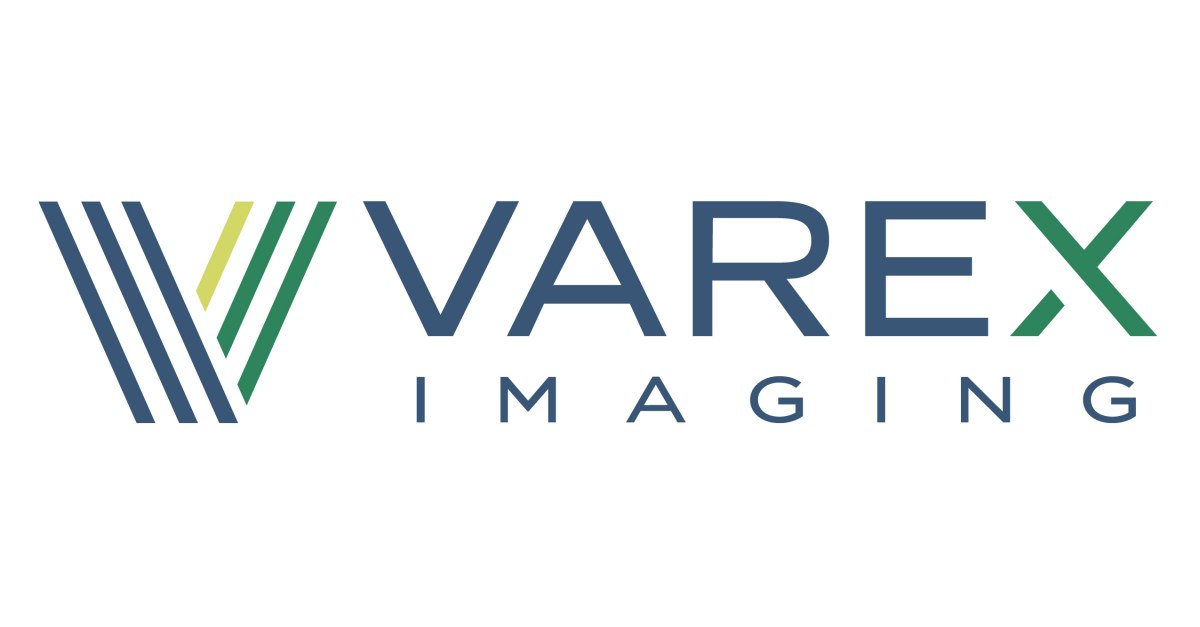Why GRINNER?
One of the key issues that is currently affecting the Waste Electrical and Electronic Equipment (WEEE) management chain is that of battery-caused fires, costing waste management facilities millions of euros every year and acting as a strong barrier to making Europe circular and carbon neutral. Some battery types located inside discarded WEEE, in particular lithium-ion (Li-ion) and nickel-metal hydride (NiMH), can ignite or explode when damaged (e.g., when entered an electronic scrap recycling shredder within a recycling facility).








